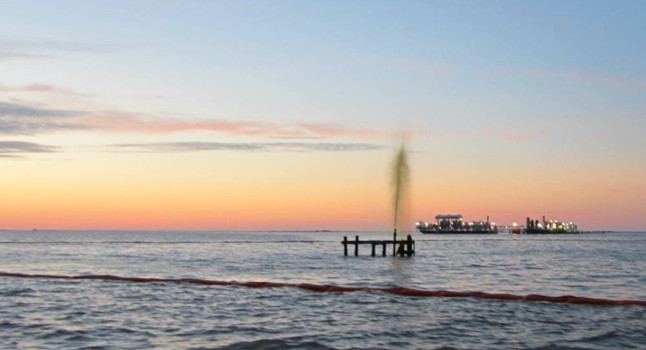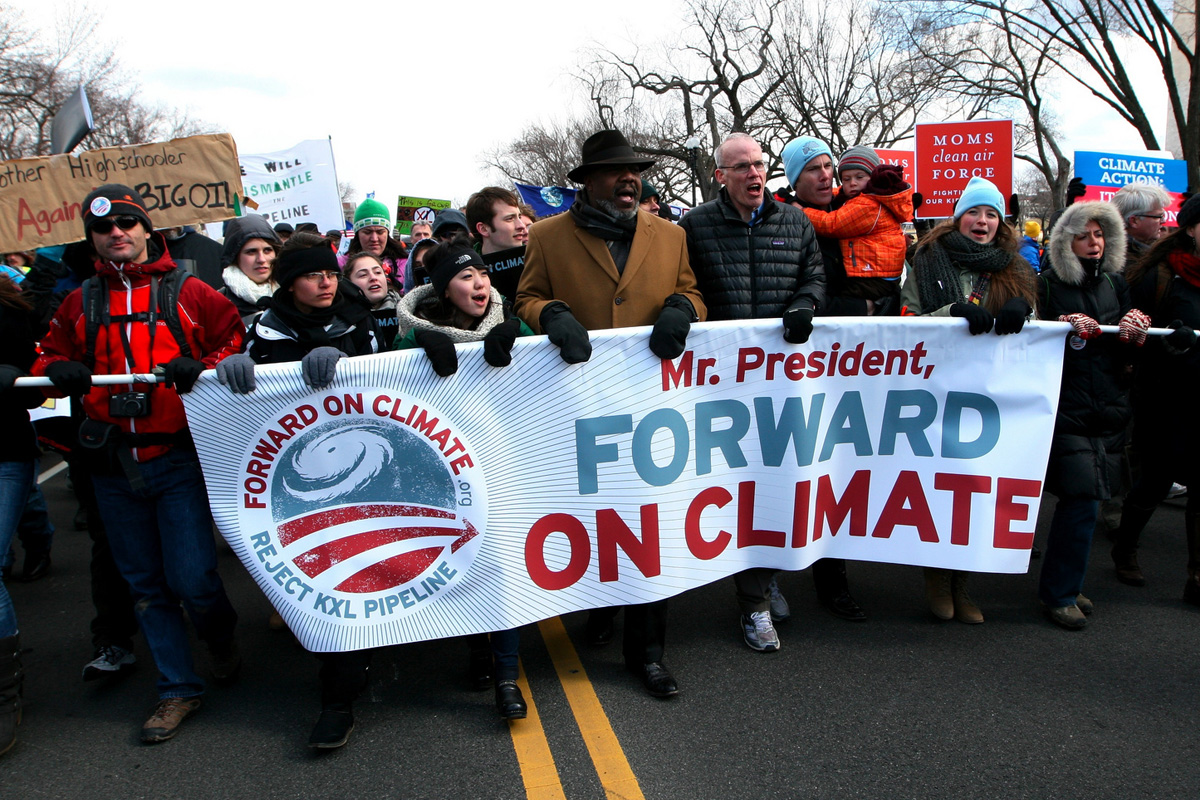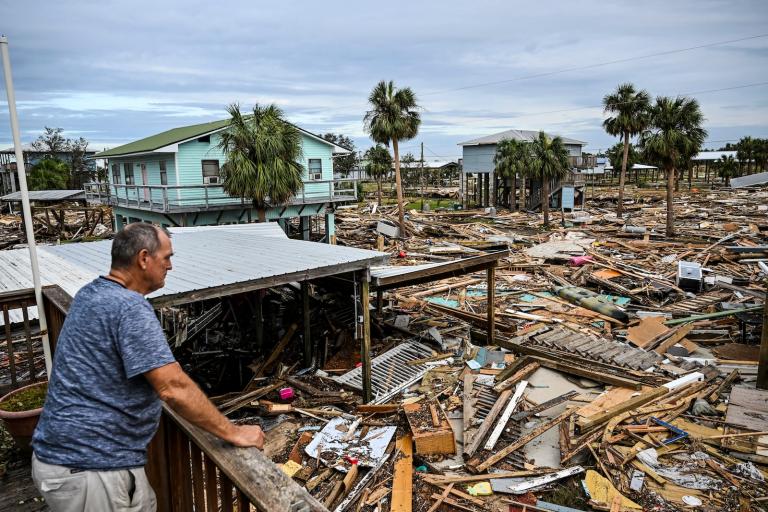The U.S. State Department just released a draft environmental impact statement for the Keystone XL pipeline, and it’s not what climate activists have been hoping for.
As The New York Times puts it, the report “makes no recommendation about whether the project should be built but presents no conclusive environmental reason it should not be.” According to The Washington Post, the report “suggest[s] that blocking the project would not have a significant impact on either the future development of Canada’s oil sands region or U.S. oil consumption.”
More from the Times:
The new impact statement says that extracting, shipping, refining and burning oil from the tar sands produces more climate-altering greenhouse gases than most conventional oil, but less than many of the project’s critics claim. The State Department study says that tar sands oil produces 5 percent to 19 percent more greenhouse gas emissions than other crude, depending on what oil was compared and who performed the calculations.
It predicts that Canada and its oil industry partners will probably continue to develop the oil sands even if the Keystone XL pipeline is not built. It states that building or not building the pipeline will have no significant impact on demand for heavy crude in the United States.
And it says that alternate means of transporting the oil — rail, truck, barge — also have significant environmental and economic impacts, including higher cost, noise, traffic, air pollution and the possibility of spills. It does not say that one method is better for the environment than the other, but says that a spill is more likely for rail transport but the volume of oil spilled from a pipeline probably would be greater.
Mother Jones reports that some of the document’s conclusions “have enviros worried that a greenlight is inevitable”:
Enviros immediately seized on the new report, arguing against its claim that any spills associated with the pipeline are “expected to be rare and relatively small,” and said it underestimated the project’s contribution to planet-warming greenhouse gas emissions. They also challenged the idea that TransCanada’s pipeline will not make a huge difference in the development of the tar sands, pointing to the industry’s own claims that the pipeline is essential to their plans to expand export of this type of oil.
Sierra Club Executive Director Michael Brune captured the feelings of many activists with his response to the news: “President Obama said that he’s committed to fighting the climate crisis. If that is true, he should throw the State Department’s report away and reject the dirty and dangerous Keystone XL pipeline.”
When government officials release 2,000-page reports on Friday afternoons, it generally means they’d prefer that you didn’t hear about them. The full report is here if you’d like to spend your whole weekend feeling crappy about this news (maybe you’d like to discuss it with some people at #NoKXL or #Keystone).
This is by no means a final decision on the Keystone XL pipeline. This draft report will be published next week and then subject to 45 days of public comment, after which it will be revised and finalized. The State Department also still has to release an analysis of whether the pipeline is in the “national interest,” so look for that to drop on another Friday afternoon. Ultimately, President Obama will make the final decision, probably in late spring or summer.
In the meantime, get those angry comments ready, folks. You know the American Petroleum Institute is already all over it.



